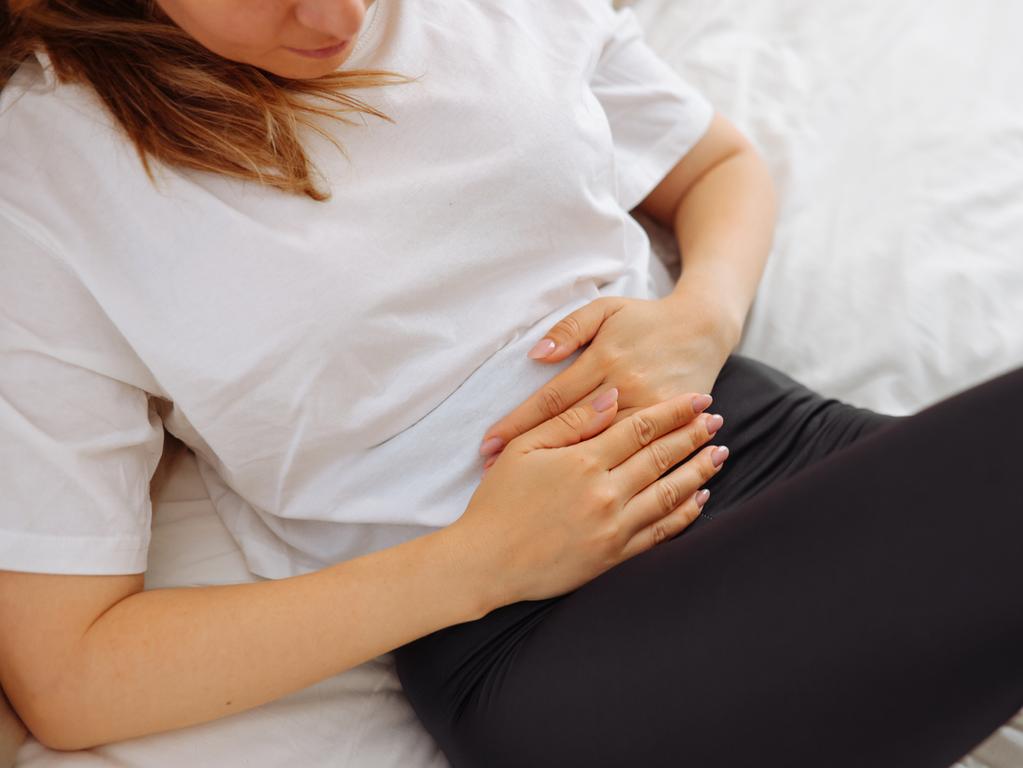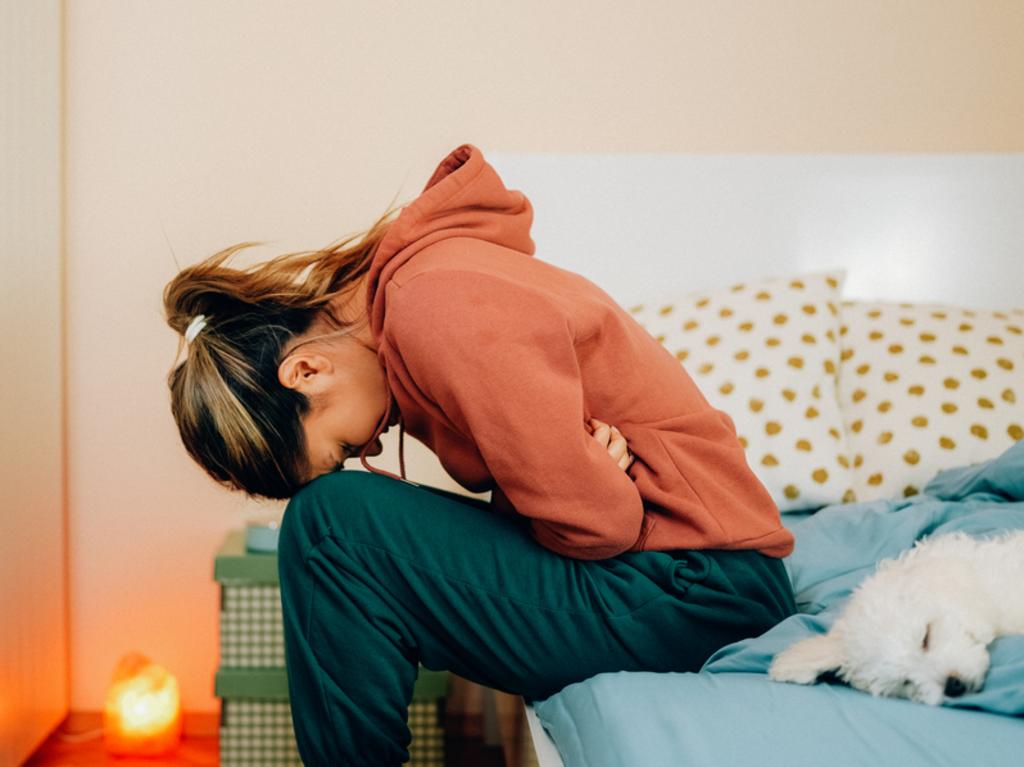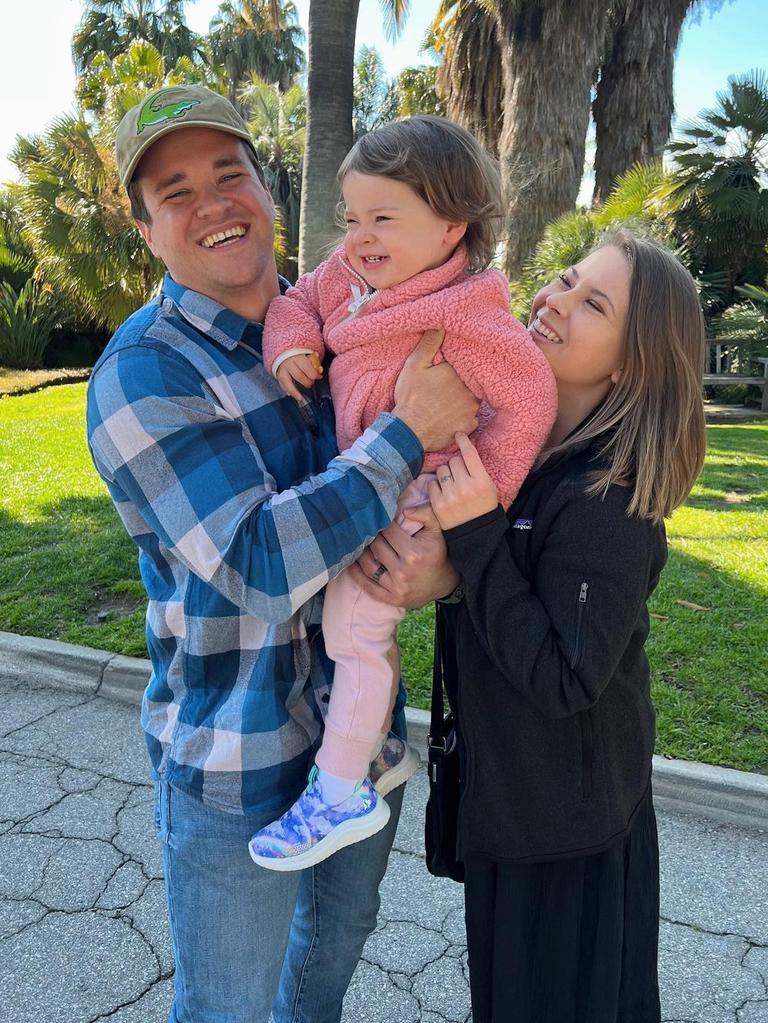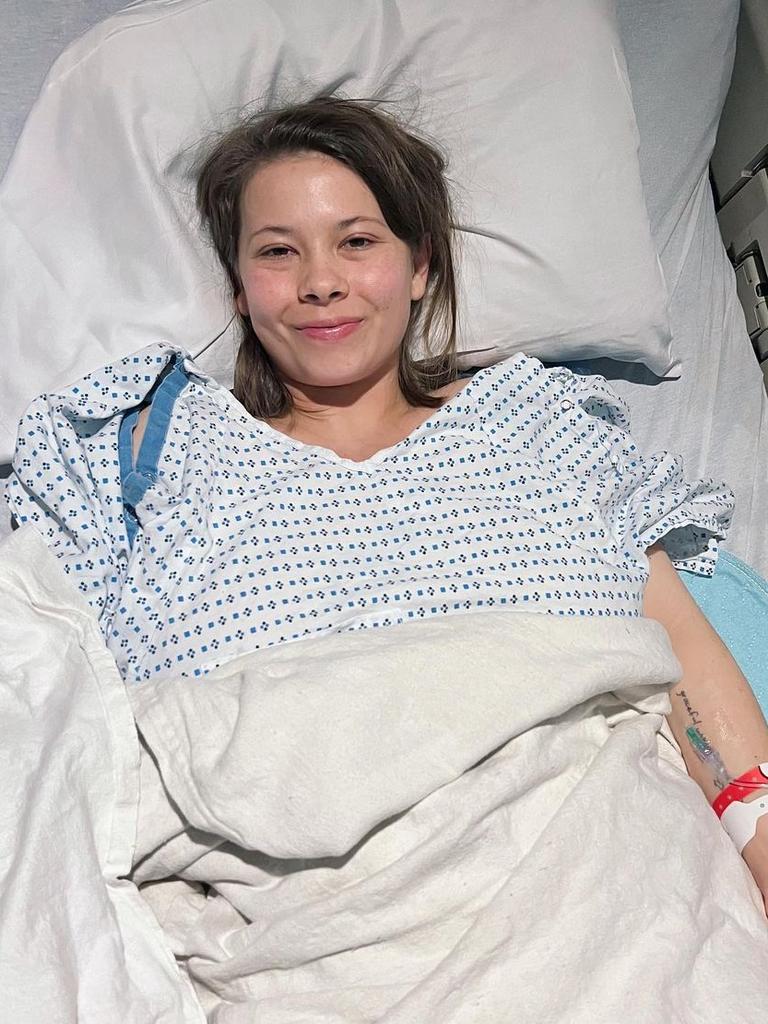One in seven Aussie women live with endometriosis, study shows
More Australians are being diagnosed with a debilitating condition that causes fatigue, chronic pain, anxiety and depression.
The number of women being diagnosed with endometriosis in Australia is rising, new data shows.
Endometriosis is a painful disease that occurs when tissue similar to that which lines the uterus grows outside the uterus – usually in areas like the ovaries and fallopian tubes as well as on organs such as the bladder, bowel, vagina, and cervix.
Symptoms and severity varies from person to person, but for many it can be crippling – and can also cause infertility.
New research by the Australian Institute of Health and Welfare (AIHW) shows about 1 in 7 women are diagnosed with the “historically under-recognised” condition by age 40 to 44.
This is a dramatic jump from the AIHW’s 2019 report which showed endometriosis affected 1 in 9 women.
“This increase may reflect increased awareness of endometriosis among the general public and health professionals, leading to increased diagnosis and/or reporting of diagnosis among women born more recently,” AIHW spokeswoman Katherine Faulks said.

The study, titled Endometriosis, also shows that the rate of hospitalisations for the condition has doubled among women aged 20 to 24 over the past decade.
“Endometriosis causes inflammation and scarring, which can lead to painful adhesions joining together pelvic organs that are normally separate,” Ms Faulks added.
“Women may experience pain, heavy menstrual bleeding, bleeding between periods, abdominal bloating, fatigue, anxiety, depression and reduced fertility, among other symptoms.”
Researchers at the University of Queensland used data from the Australian Longitudinal Study on Women’s Health, along with health service data, to estimate the prevalence of endometriosis in two groups of women, those born between 1973 and 1978 and those born between 1989 and 1995.
The estimates show that women are being diagnosed with endometriosis at earlier ages.
By age 31, 9.2 per cent of women born between 1989 and 1995 were diagnosed with endometriosis, compared with 6.9 per cent of women born between 1973 and 1978 at the same age.

However, the study noted that diagnosis and management of endometriosis is complex, with an average of between 6 and 8 years between the onset of symptoms and diagnosis.
There were 40,500 endometriosis-related hospitalisations in 2021–22 and endometriosis was the 20th most common reason for hospitalisation among those aged 15 to 44.
The rate of hospitalisation has almost doubled in the last 10 years from 160 hospitalisations per 100,000 females in 2011–12 to 310 hospitalisations per 100,000 females.
While hospitalisations in Australia are generally increasing over time, the growth of endometriosis-related hospitalisations was greater than that seen for all female hospitalisations between 2011–12 and 2021–22, the report stated.
The greatest increase was seen among ages 20 to 24, with the rate doubling between 2011–12 and 2021–22, up from 330 to 660 hospitalisations per 100,000 females.
Endometriosis was among the leading causes of hospital admissions in this age group.
The report also shows a lower rate of endometriosis-related hospitalisations among First Nations people and people living in lower socioeconomic areas and remote areas of Australia, but AIHW said further work is needed to understand the impact of endometriosis on priority populations, particularly those who face barriers to accessing health care services.


Endometriosis can affect women and girls, transgender, non-binary, and gender-diverse people assigned female at birth.
There’s no cure for endometriosis and it can be difficult to treat. However various things can be done to help relieve symptoms and improve quality of life, such a surgery and the use of hormonal medication such as the contraceptive pill.
Scientists at the Royal Hospital for Women in New South Wales made a “breakthrough” in how to treat the condition.
Researchers successfully grew tissue from all known types of endometriosis in a lab and observed the changes in the cells after different treatments.
The results mean doctors will have a better indication of how to treat each type of endometriosis and whether patients will need future fertility treatment.
Professor of Obstetrics and Gynaecology Jason Abbott said it compared to developments made in the treatment of breast cancer.
“Thirty years ago, we treated all breast cancers the same,” Abbott said. “We now know there are many different types of breast cancer and treat them accordingly.
“This is a similar breakthrough and will allow more targeted and therefore more effective treatment, depending on the type of endometriosis a patient has.”
Several high-profile women have opened up about their own “endo” battles, including Bindi Irwin, the daughter of the late-Steve Irwin, who revealed she endured more than 10 years of extreme fatigue, pain, and nausea without knowing what was wrong.
After undergoing countless tests to determine the cause of her pain, she was finally diagnosed with endometriosis last year.






